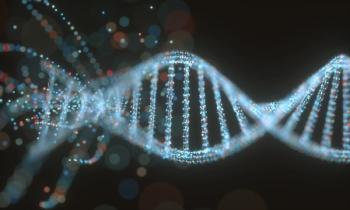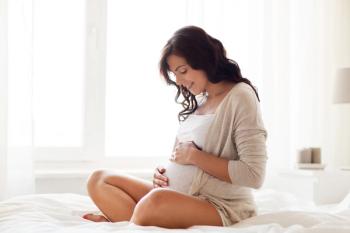
High social vulnerability linked to earlier menopause
Women living in neighborhoods with very high social vulnerability are more likely to experience natural menopause at a younger age, according to new research.
The risk of earlier natural menopause is increased among women residing in neighborhoods with very high vulnerability within 10 years of the perimenopause period, according to a recent study published in JAMA Network Open.1
Early menopause and health implications
More severe menopause symptoms have been linked to reduced quality of life in midlife women, with chronic disease risks increased by early menopause, defined as menopause when aged under 45 years.2 This has led to studies evaluating risk factors of early menopause, such as lifestyle behaviors and psychosocial stressors.1
“Identifying risk factors associated with these conditions is of clinical and public health importance and could guide strategies to prevent or mitigate these adverse health outcomes,” wrote investigators.
Measuring social vulnerability
Current studies evaluating the impact of neighborhood factors on early menopause were conducted outside the United States and only assessed singular physical neighborhood characteristics. Therefore, investigators conducted a longitudinal cohort study to evaluate the link between Social Vulnerability Index (SVI) and age of natural menopause onset.
Pregnant women enrolled in the Project Viva study followed through midlife from April 1999 to August 2021, were included in the analysis. Follow-up visits were performed at 8, 13, and 18 years following enrollment during patients’ first prenatal visit. Those aged under 45 years without menopause during the last administered questionnaire were excluded.
The SVI includes socioeconomic status, household composition and disability, racial and ethnic minority status, and housing and transportation type domains. Participants’ residential address was obtained and geocoded at enrollment, 8-year follow-up visit, and 13-year follow-up visit to record SVI data.
Census and menopause measurements
Census tracts were assigned based on 2000 or 2010 US Census tract boundaries. Categories of SVI distribution included very low for under the 20th percentile, low for the 20th to under 40th percentile, moderate for the 40th to under 60th percentile, high for the 60th to under 80th percentile, and very high for the 80th percentile or higher.
Eleven separate menopause symptoms were reported as severe during the midlife visit, which occurred at a median age of 51.6 years. Scores ranged from none at 0 points to very severe at 4 points. Additionally, participants reported whether their last menstrual period was at least 12 months ago, alongside the natural or secondary reason for menstrual cessation.
Participant outcomes
There were 691 women aged a mean of 33.7 years, and enrollment included in the final analysis. Of participants, 6% were Asian, 11.5% Black, 5.7% Hispanic, 73.6% White, and 3.3% other race or ethnicity. Natural menopause by the end of follow-up was reported in 46%.
Very high vulnerability neighborhood status was reported in 12.6% of participants at enrollment, 6% at the 8-year follow-up, and 6.2% at the 13-year follow-up. SVI categories significantly correlated across visits.
Measuring social vulnerability
Participants residing in neighborhoods with very high vulnerability at enrollment had an earlier median age at natural menopause vs those residing in neighborhoods with very low vulnerability, at 52 vs 53 years, respectively. At both the 8-year and 13-year follow-ups, these were 51 vs 53 years, respectively.
An adjusted hazard ratio of 1.36 was reported for early natural menopause among patients residing in neighborhoods with very high vs very low vulnerability at enrollment. At the 8-year and 13-year follow-ups, this value was 2.23 and 2.18, respectively.
No association with menopause symptoms severity
No associations with natural menopause onset were noted for residence in neighborhoods with low, moderate, or high vulnerability. Additionally, SVI was not linked to total or domain-specific Menopause Rating Scale scores. Overall, an earlier age at natural menopause was noted in patients residing in neighborhoods with very high vulnerability.
“The study highlighted the need to address disparate contexts within neighborhoods to achieve more equitable reproductive health outcomes in women,” wrote investigators.
References
- Lin Z, Rifas-Shiman SL, Perng W, et al. Neighborhood vulnerability and age of natural menopause and menopausal symptoms among midlife women. JAMA Netw Open. 2025;8(5):e2512075. doi:10.1001/jamanetworkopen.2025.12075
- Gallagher JC. Effect of early menopause on bone mineral density and fractures. Menopause. 2007;14(3 Pt 2):567-71. doi:10.1097/gme.0b013e31804c793d
Newsletter
Get the latest clinical updates, case studies, and expert commentary in obstetric and gynecologic care. Sign up now to stay informed.











